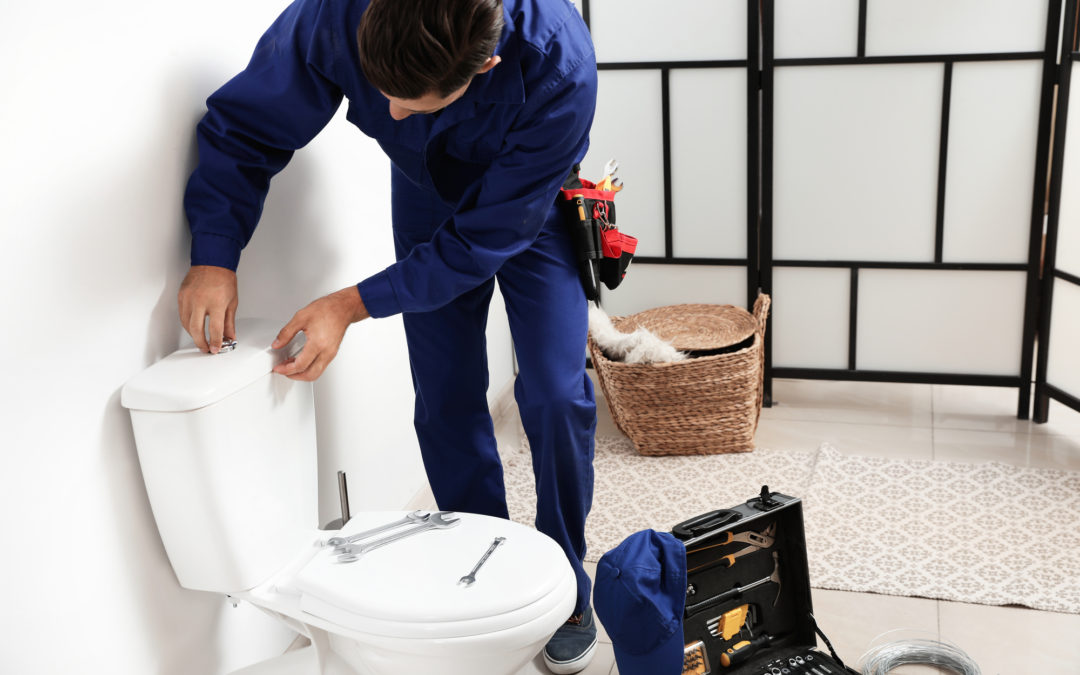
by Brandon | Jul 18, 2023 | News
As a homeowner, it can be quite frustrating and uncomfortable to notice an unpleasant odor coming from your toilet. Knowing the root cause of the smell and how to get rid of it can help you maintain a clean and odor-free bathroom. This article aims to demystify the reasons why your toilet stinks and what you can do to address the issue.
#1. Blocked Vent Pipes
Vent pipes are designed to regulate air pressure in your plumbing system and vent out gasses and odors from your bathroom. However, these pipes can become blocked by debris, such as leaves, bird nests, or small animals, which disrupts the proper airflow. When this occurs, it causes sewer gases to backflow into your house and create a foul smell.
To fix the problem, you may need the services of a professional plumber to inspect the vent pipes and clear any blockages. Additionally, you can prevent future blockages by installing a mesh or cap over the pipes to keep out debris.
#2. Damaged Wax Ring
A wax ring is a seal between your toilet bowl and the drainpipe, preventing water and waste from escaping into the bathroom. If the ring gets damaged, the resulting gap exposes the area between the toilet and the drainpipe, allowing sewer gas to escape into the bathroom, leading to a musty smell.
To fix the problem, you’ll need to replace the wax ring. This is a task that’s best handled by an experienced plumber, as you may need to remove and reinstall the toilet to access the wax ring.
#3. Clogged Toilet Trap
The toilet trap, also known as the S-shaped bend at the bottom of your toilet, plays a crucial role in preventing backflow of sewer gases. But, when this trap gets clogged by waste, it can cause the water to become stagnant, and a foul odor can emanate from your toilet bowl.
To address this problem, you can either use a plunger, a drain snake, or a liquid clog remover to clear the obstruction. Remember to use safety gloves when handling harsh chemicals to avoid skin burns.
#4. Improper Flushing Techniques
Another reason why your toilet may stink is flushing non-disposable materials down the toilet. For example, flushing sanitary pads, paper towels, or facial tissues down the toilet can block the drainage system or clog the toilet trap, leading to a foul odor.
To avoid this problem, it is essential to remind everyone in your household about proper flushing techniques. Only flush human waste and toilet paper down the toilet, and dispose of everything else in the garbage.
#5. Old Toilets
If you’re still using an outdated toilet, it could contribute to an unpleasant smell in your bathroom. Old toilets with weak flush power or a damaged trap can cause dirt and bacteria to accumulate, leading to a foul smell.
Consider upgrading to a modern design toilet that uses less water, is efficient, and has a powerful flush that clears the bowl with every flush. Not only will it improve the sanitation level in your bathroom, but it will also help save money on your water bill.
Final Thoughts
In conclusion, understanding the causes of toilet smells is vital to maintaining your home’s sanitation level. If you’re experiencing unpleasant smells from your toilet, it could be due to any of the above reasons. Remember, regular maintenance and inspection by a professional plumber can help you identify and fix any underlying issues that contribute to a smelly toilet.
Whether it’s a clogged toilet trap, damaged wax ring, blocked vent pipes, or improper flushing techniques, always seek the help of an experienced plumber to ensure your toilet smells fresh and clean all the time. Remember to include sophisticated Calls to Action to prompt the reader to check out Ace Plumbing Repair Services.
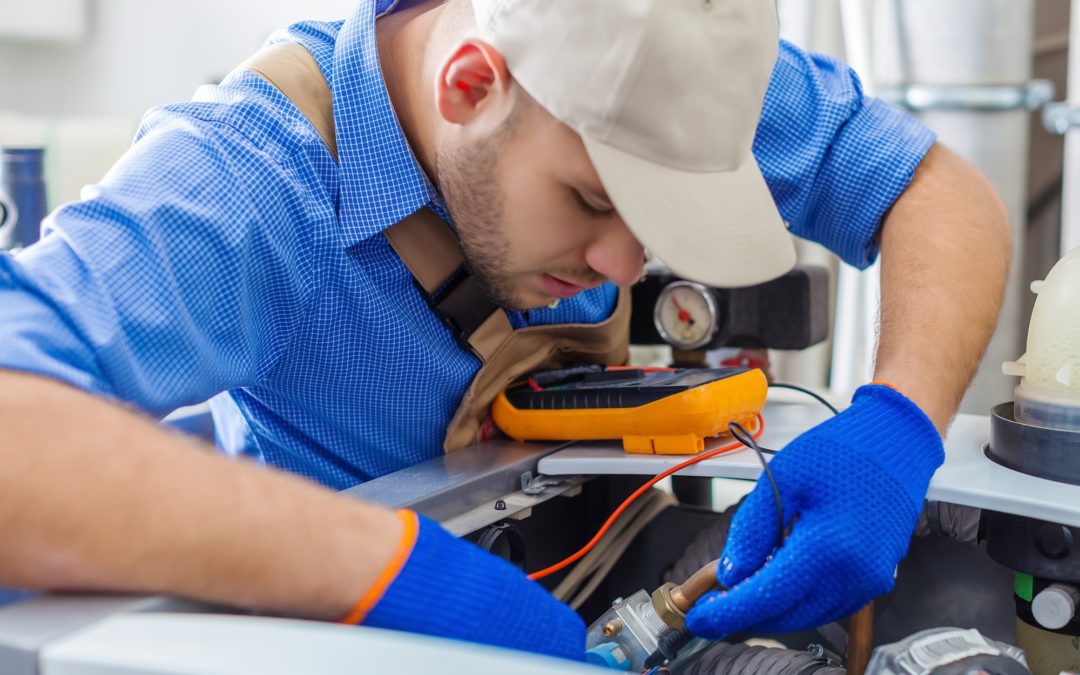
by Brandon | Jul 18, 2023 | News
There are few things more jarring than jumping into a shower, only to find that the water is suddenly scalding hot. While some may welcome the unexpected burst of heat, it’s usually a cause for concern. This sudden heat can be a sign of a problem with your water heater, and if left unchecked, it can lead to serious safety hazards. In this blog post, we’ll explore why your hot water might be suddenly too hot, and what you can do to fix the problem.
The Thermostat Is Set Too High
If your hot water is consistently too hot, the first thing you should check is your water heater’s thermostat. This thermostat is responsible for setting the temperature of your water heater, and if it’s set too high, it will cause your water to be too hot. Most water heaters have a thermostat that ranges from 90 to 150 degrees Fahrenheit. If your water heater is set to the maximum temperature, it will cause the hot water to be too hot. The ideal temperature for most households is around 120 degrees Fahrenheit, and anything higher than that could be dangerous.
To adjust your thermostat, you’ll need to locate it on your water heater. It’s usually a small knob or dial that’s located on the side of the unit. Turn the thermostat down until the water reaches your desired temperature, and you should notice a difference in the temperature of your hot water.
The Thermostat Is Malfunctioning
If your hot water is suddenly too hot, and you’ve checked your thermostat, it’s possible that the thermostat is malfunctioning. Over time, the thermostat can wear down and become less accurate, which can cause the water heater to overheat and produce hot water that’s too hot. In this case, you’ll need to have the thermostat replaced by a professional plumber.
Sediment Buildup
If your water heater is old, it’s possible that sediment buildup is causing your hot water to be too hot. Over time, minerals and sediment in the water can settle at the bottom of the tank, which can cause the water heater to overheat. If this is the case, you’ll need to have your water heater flushed by a professional plumber.
Faulty Pressure Relief Valve
The pressure relief valve is an important safety feature of your water heater. It’s responsible for releasing pressure that builds up in the tank, which prevents the tank from exploding. If the pressure relief valve is faulty, it can cause the water heater to overheat and produce hot water that’s too hot. If you suspect that your pressure relief valve is faulty, it’s important to have it replaced by a professional plumber as soon as possible.
Call A Plumber
If you’re experiencing hot water that’s suddenly too hot, and you’ve checked your thermostat and pressure relief valve, it’s time to call a plumber. Hot water that’s too hot can be dangerous, and it’s important to have a professional plumber diagnose and fix the issue. They have the expertise and equipment necessary to pinpoint the problem and provide a solution that will keep your hot water safe and comfortable.
Conclusion
Hot water that’s suddenly too hot can be a concern for homeowners. Whether it’s a malfunctioning thermostat, sediment buildup, or a faulty pressure relief valve, there are several reasons why your hot water might be too hot. It’s important to have a professional plumber diagnose and fix the issue to prevent any safety hazards. If you’re experiencing hot water that’s suddenly too hot, don’t hesitate to call a plumber right away. They’ll be able to get your hot water back to a safe and comfortable temperature in no time.
Remember, if you ever need a plumbing expert for any problem you might have with your plumbing system, whether it’s leaks, repairs, installations, or maintenance, you can always call Ace Plumbing Repair at (844) 711-1590 or visit our website at aceplumbingrepair.com.
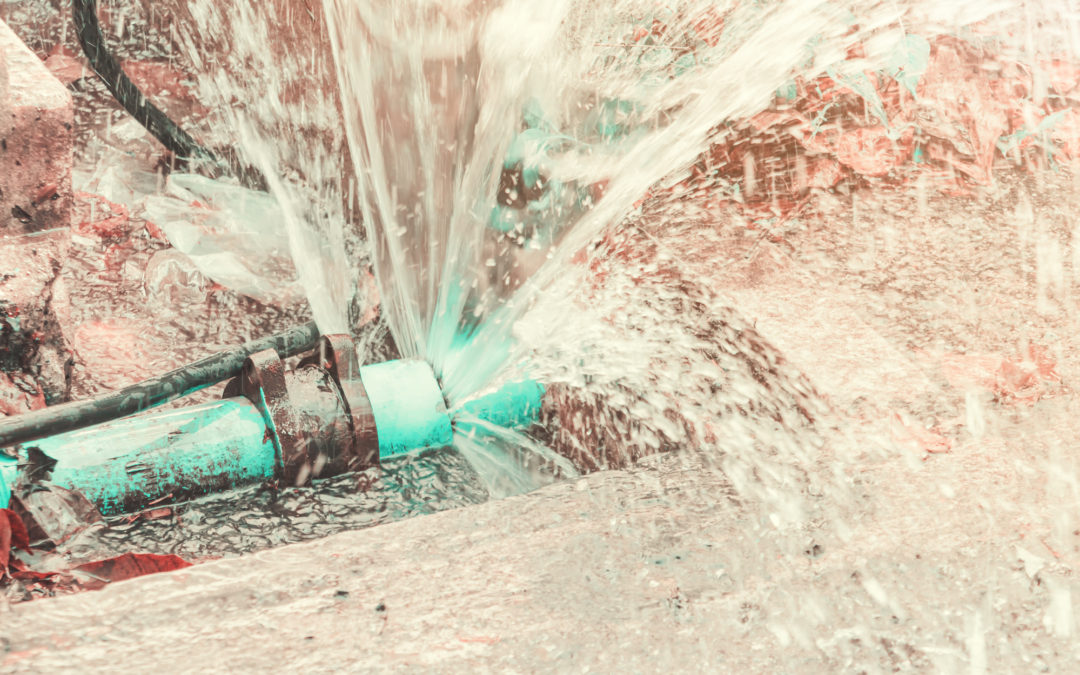
by Brandon | Jul 18, 2023 | News
As homeowners, we all have different reasons for wanting to install water lines in different parts of our properties. Some want to install a fountain in their garden, while others want to install a new bathroom or kitchen. There are also some homeowners who want to install a water line in their detached garage.
A detached garage can be a convenient addition to any property, providing extra storage space, a place to park vehicles or a workshop. It’s a great way to utilise your property if you want to expand your living space without having to add an extension to your house.
In this article, we will outline the process of running a water line into your detached garage and explore some of the factors you need to consider before you start.
Factors to Consider
Before embarking on any home-improvement project, it’s important to consider a range of factors. This will help ensure that you make informed decisions about what you want to achieve and how you want to achieve it.
Here are some of the key factors you need to consider before running a water line into your detached garage:
1. Building Code Compliance – Building codes vary by region, so it’s important to check with your local authority to ensure that you comply with all relevant regulations.
2. Permitting Requirements – In most cases, you will need a permit to add a water line to your garage. This will also vary by region, so check with your local authority.
3. Budget – Adding a water line to your garage can be expensive, so it’s essential to set a budget and stick to it.
4. Plumbing Needs – Consider how you plan to use the water line in your garage and what type of plumbing fixtures you will need.
5. Convenience – Consider how convenient it will be to access the water line in your garage and whether any additional plumbing work will be required to connect it to your home’s main supply.
Process of Running a Water Line into Your Detached Garage
Once you have considered all the factors and obtained the necessary permits, you can begin the process of running a water line to your detached garage. Here is an outline of the key steps:
1. Determine the Location – The location of the water line will depend on the layout of your garage and your specific needs. Consider where your plumbing fixtures will be located and what type of supply lines you need.
2. Dig a Trench – Once you have determined the location, you will need to dig a trench from your home’s main supply line to your garage’s location. This will allow you to run the supply line from your home to your garage.
3. Install the Supply Line – After digging the trench, you will need to install the main supply line from your home to your garage. This will involve connecting the supply line to your home’s plumbing system and running it through the trench to your garage’s location.
4. Install Plumbing Fixtures – Once the supply line is installed, you can begin installing any plumbing fixtures in your garage. This may include sinks, toilets or water heaters.
5. Connect to Electricity – If you plan to install a water heater or other electrical plumbing fixtures, you will need to connect them to an electrical supply. You may also need to obtain additional permits for this work.
6. Test the System – After installing all the plumbing fixtures and connecting them to the supply line, you will need to test the system to ensure that everything works properly. This will involve checking for leaks, pressure and flow.
Conclusion
Running a water line into your detached garage can be a complex project, requiring careful planning and attention to detail. However, with the right preparation and expertise, it’s possible to achieve your goals and create a convenient and functional space on your property.
At Ace Plumbing Repair, we are experts in all types of plumbing projects, including water line installation. If you need help with running a water line to your detached garage, contact us today on (844) 711-1590 or visit our website at aceplumbingrepair.com.
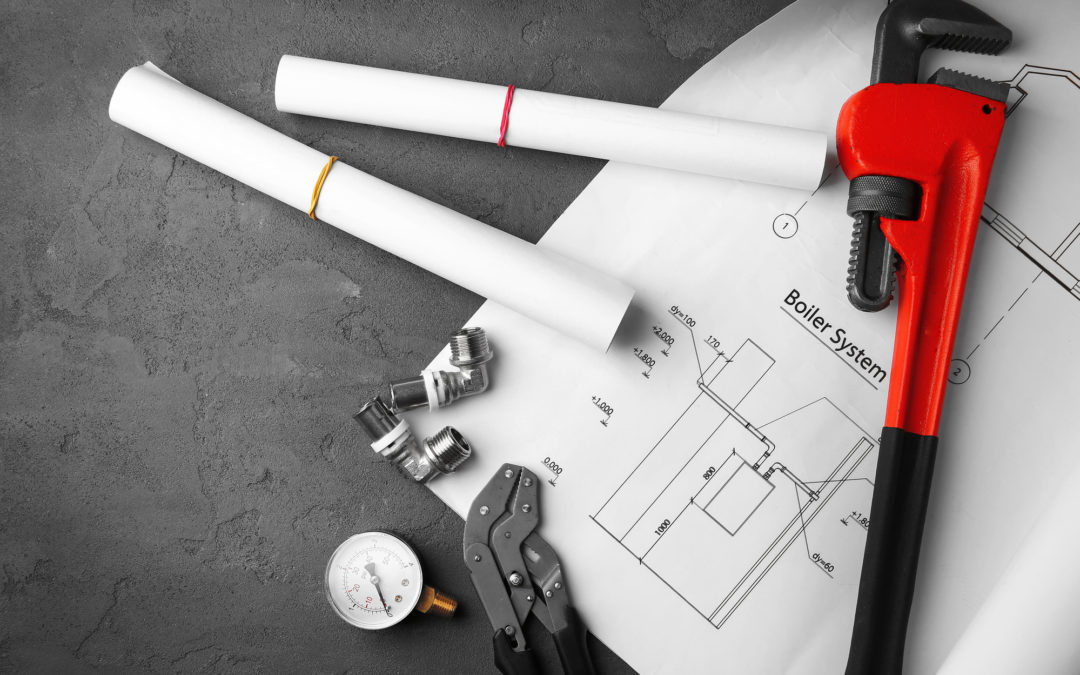
by Brandon | Jul 18, 2023 | News
Home automation and technology is becoming a common thing in today’s society. With technology advancements, turning your home into a tech-savvy residence is now easier than ever before. Many houses now have technology already installed, and it is up to the homeowner to embrace these tech advancements and fully understand how to use them. This article will highlight various technologies that can turn your home into a smart residence.
Smart Home Hubs
Smart home hubs are at the center of modern home automation technology. They act as a point of control for all the different devices in your home. The smart home hub is like the conductor leading a symphony. It coordinates all the different devices and actions, ensuring they work together seamlessly.
There are many smart home hub options available in the market. Some of the popular ones include Amazon Echo, Google Home, and Apple HomeKit. These smart home hub options are compatible with different devices and can be easily controlled from your phone or smartwatch.
Smart Thermostat
A smart thermostat is a device that is designed to help you regulate the temperature in your home. With a smart thermostat, you can control the temperature in your house using your phone or voice commands. Smart thermostats are designed to learn from your daily routine and adjust the temperature in your residence accordingly.
One of the most popular smart thermostats in the market today is the Nest Learning Thermostat. It is compatible with many heating and cooling systems, and it will learn your schedule to help you save money on energy by automatically adjusting the temperature according to your schedule. A smart thermostat can reduce your energy bills by up to 20%.
Smart Lighting
Smart lighting is another great way to turn your home into a tech-savvy residence. With smart lighting, you can control the brightness and color of your home’s lighting using your phone or voice commands. Smart lighting can help you save energy and reduce your bills by turning off when you leave the room. Smart bulbs come in a wide range of colors, brightness, shapes, and sizes, and they can be controlled remotely.
Some popular smart lighting options include Philips Hue, LIFX, and Xiaomi Yeelight. These smart bulbs can be controlled using smart assistants like Google Assistant or Amazon Alexa. Smart lights can also be programmed to turn on or off when you leave or enter a room.
Smart Plugs
Smart plugs are another way to integrate your devices into your smart home control hub. Smart plugs can be controlled using your smart assistant or over Wi-Fi using your phone. Smart plugs can help you save energy by scheduling your smart devices to turn off after a specific period. Smart plugs can also help to monitor your energy consumption through real-time reports.
The smart plug can also be used to operate devices that are not designed to be smart, such as coffee makers and irons, making them more convenient to use. Smart plugs are easy to install, and they can be used to automate your home entertainment system, night light, or any other appliances in your home.
Smart Security
Home security is one of the most important things for every homeowner. With the advances in home automation, you can install a smart home security system that utilizes both cameras and sensors. Smart security systems can be monitored through your phone or laptop, enabling you to receive real-time alerts when an intruder is detected.
Smart security cameras are now more affordable than ever before. They can be installed inside and outside your home, and you can use them to monitor your property remotely. Some of the popular smart security camera brands are Nest Cam, Arlo Pro, and Ring.
Conclusion
Turning your home into a tech-savvy residence can be an exciting and rewarding experience. There are many home automation devices that you can use to make your house more convenient, smart, and energy-efficient. Smart home technology can help you reduce energy costs, increase your home’s overall security, and transform your living space into a modern tech hub.
If you need help incorporating these smart home technologies in your home, contact Ace Plumbing Repair today. Our experienced team not only can assist you with plumbing needs, but also can help you upgrade your home with smart devices. Give us a call at (844) 711-1590 or visit AcePlumbingRepair.com to learn more about our services.
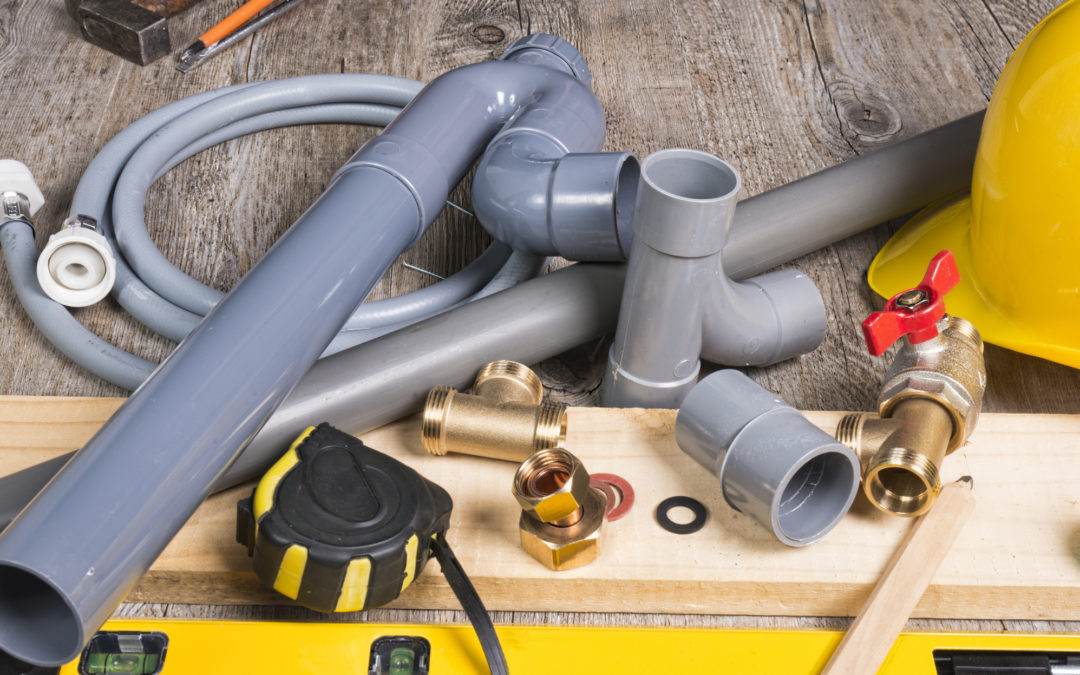
by Brandon | Jul 18, 2023 | News
The American Society of Heating, Refrigeration, and Air Conditioning Engineers (ASHRAE) has recently published Standard 241, Control of Infectious Aerosols. The new standard is developed with an aim of limiting the spread of airborne pathogens in HVAC systems, particularly in healthcare facilities and other indoor environments where the risk of transmission is high. In this article, we will delve into the details of ASHRAE Standard 241 and its impact on the plumbing and HVAC industry.
The Need for ASHRAE Standard 241
The COVID-19 pandemic has highlighted the need for better indoor air quality control, as an increasing number of studies indicate that the novel coronavirus can be transmitted through the air. While social distancing, wearing masks, and hand hygiene have been the primary measures to prevent the spread of COVID-19, the role of HVAC systems in reducing airborne transmission has been largely overlooked. Poorly designed or maintained HVAC systems can recirculate contaminated air, which can result in the rapid spread of airborne illnesses, especially in crowded buildings.
ASHRAE Standard 241 aims at providing guidance on how to design, construct, install, and operate HVAC systems to minimize the risks of airborne transmission of infectious pathogens. The standard establishes minimum requirements and best practices for the control of infectious aerosols, including requirements for system design, operation, maintenance, and testing.
Key Provisions of ASHRAE Standard 241
ASHRAE Standard 241 includes several key provisions that aim at reducing the risk of airborne transmission of infectious pathogens, including:
1. Ventilation Rate – The standard provides guidance on the minimum ventilation rate required to dilute any airborne pathogen concentrations in indoor environments.
2. Filtration – The standard sets minimum requirements for filter efficiency and recommends the use of high-efficiency filters for controlling infectious aerosols.
3. UVGI – The standard recommends the use of ultraviolet germicidal irradiation (UVGI) systems in the HVAC system to control the spread of infectious aerosols.
4. Humidity Control – The standard recommends the use of humidification or dehumidification systems in the HVAC system to control RH levels and limit the growth of airborne pathogens.
5. System Maintenance – The standard provides specific recommendations for the maintenance and cleaning of HVAC systems to minimize the risk of airborne transmission of infectious pathogens.
ASHRAE Standard 241 and the Plumbing Industry
While ASHRAE Standard 241 is primarily aimed at HVAC systems, it has implications for the plumbing industry, as well. Plumbing systems can act as conduits for the spread of airborne pathogens, particularly in healthcare facilities and other indoor environments with high-risk populations. To mitigate this risk, plumbing systems must be designed, installed, and maintained in accordance with best practices to prevent the accumulation and spread of infectious aerosols.
Some of the key considerations for the plumbing industry to ensure compliance with ASHRAE Standard 241 include:
1. Proper Drainage – Plumbing systems must be designed to prevent the accumulation of standing water, which can be a breeding ground for microorganisms.
2. Water Treatment – Water used in plumbing systems must be treated to prevent the growth of microorganisms and pathogens.
3. System Maintenance – Plumbing systems must be regularly inspected and maintained to prevent the buildup of biofilms and other contaminants.
4. Cross-Connection Control – Measures must be taken to prevent the backflow of contaminated water into the potable water supply.
Conclusion
ASHRAE Standard 241 is a significant step forward in promoting better indoor air quality and reducing the risk of airborne transmission of infectious pathogens. The standard provides a framework for the design, installation, operation, and maintenance of HVAC systems to minimize the risk of the spread of infectious aerosols. Compliance with the standard can help to protect the health and safety of building occupants, particularly in healthcare facilities and other high-risk environments.
The plumbing industry also has a role to play in reducing the risk of airborne transmission of infectious pathogens. Plumbing systems must be designed and maintained in accordance with best practices to prevent the accumulation and spread of infectious aerosols. By adhering to these standards, the plumbing industry can play a critical role in helping to protect public health and safety. For more information on designing and maintaining ASHRAE-compliant plumbing systems, visit our website at aceplumbingrepair.com or give us a call at (844) 711-1590.





